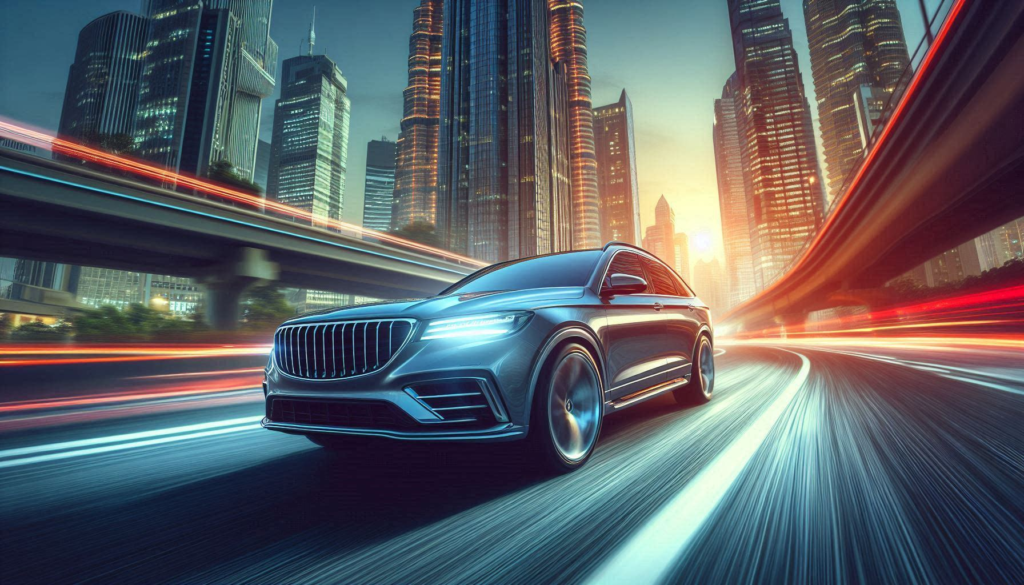Rising gas prices can put a strain on your wallet. But before you ditch your car for a bicycle (or a magic flying carpet!), there are ways to fight back and get the most out of every gallon you pump. This guide will equip you with a toolbox of strategies to improve your car’s mileage, saving you money and reducing your environmental impact.
Understanding the Mileage Mystery
Fuel efficiency, often measured in miles per gallon (MPG), is a complex dance between your car’s engineering and your driving habits. Here are some key factors that influence your mileage:
- Engine Size and Power: Generally, larger engines with more horsepower consume more fuel.
- Vehicle Weight: The heavier the car, the harder the engine has to work, leading to lower fuel efficiency.
- Aerodynamics: A car’s shape plays a role in wind resistance. Sleeker, more aerodynamic designs typically achieve better mileage.
- Tire Maintenance: Proper tire inflation reduces rolling resistance, which translates to better gas mileage.
- Driving Habits: Aggressive acceleration, sudden braking, and speeding all contribute to lower MPG.

Fuel-Saving Strategies You Can Control
The good news? You have significant control over some of these factors, particularly your driving habits and car maintenance practices. Let’s delve into some actionable tips to maximize your car’s mileage:
- Become a Smooth Operator: Practice smooth acceleration and braking. Avoid jerky maneuvers that force the engine to work harder.
- Maintain Cruise Control on the Highway: On long stretches of highway, cruise control helps maintain a steady speed, which is more fuel-efficient than constantly adjusting the accelerator.
- Embrace Anticipatory Braking: Pay attention to the road ahead and gradually ease off the gas pedal before coming to a stop. This minimizes the need for abrupt braking.
- Reduce Idling: Don’t let your car idle for extended periods. If you’re stuck in traffic that isn’t moving for more than a minute, consider turning off the engine (if your car has a start-stop system).
- Lighten Your Load: Extra weight in the car reduces fuel efficiency. Remove unnecessary items from the trunk and avoid overloading the vehicle.
- Tire Pressure Matters: Check your tire pressure regularly and inflate them to the manufacturer’s recommended PSI. Underinflated tires increase rolling resistance, impacting mileage.
- Regular Maintenance is Key: Sticking to your car’s recommended maintenance schedule ensures optimal engine performance and fuel efficiency. This includes oil changes, air filter replacements, and spark plug checks.
- Choose the Right Fuel: Consult your owner’s manual to determine the recommended fuel grade for your car. Using a higher octane fuel than necessary won’t improve mileage.
- Plan Your Trips: Combine errands and optimize routes to minimize unnecessary driving. Consider carpooling or using public transportation whenever possible.

Beyond Driving: Long-Term Strategies
While some factors are inherent to your car, there are additional considerations for long-term fuel efficiency:
- Fuel-Efficient Car Selection: When buying a new car, prioritize fuel efficiency. Look for models known for their high MPG ratings. Consider fuel-efficient alternatives like hybrids or electric vehicles if they fit your needs and budget.
- Aerodynamic Enhancements: Certain aftermarket modifications like roof spoilers or wheel covers can offer slight improvements in aerodynamics, but ensure they don’t compromise safety.
Conclusion: Every Mile Counts
By implementing these strategies, you can become a fuel-efficient driver, saving money and reducing your carbon footprint. Remember, every gallon saved makes a difference. So, buckle up, embrace these fuel-saving techniques, and enjoy a smoother, more economical ride!












